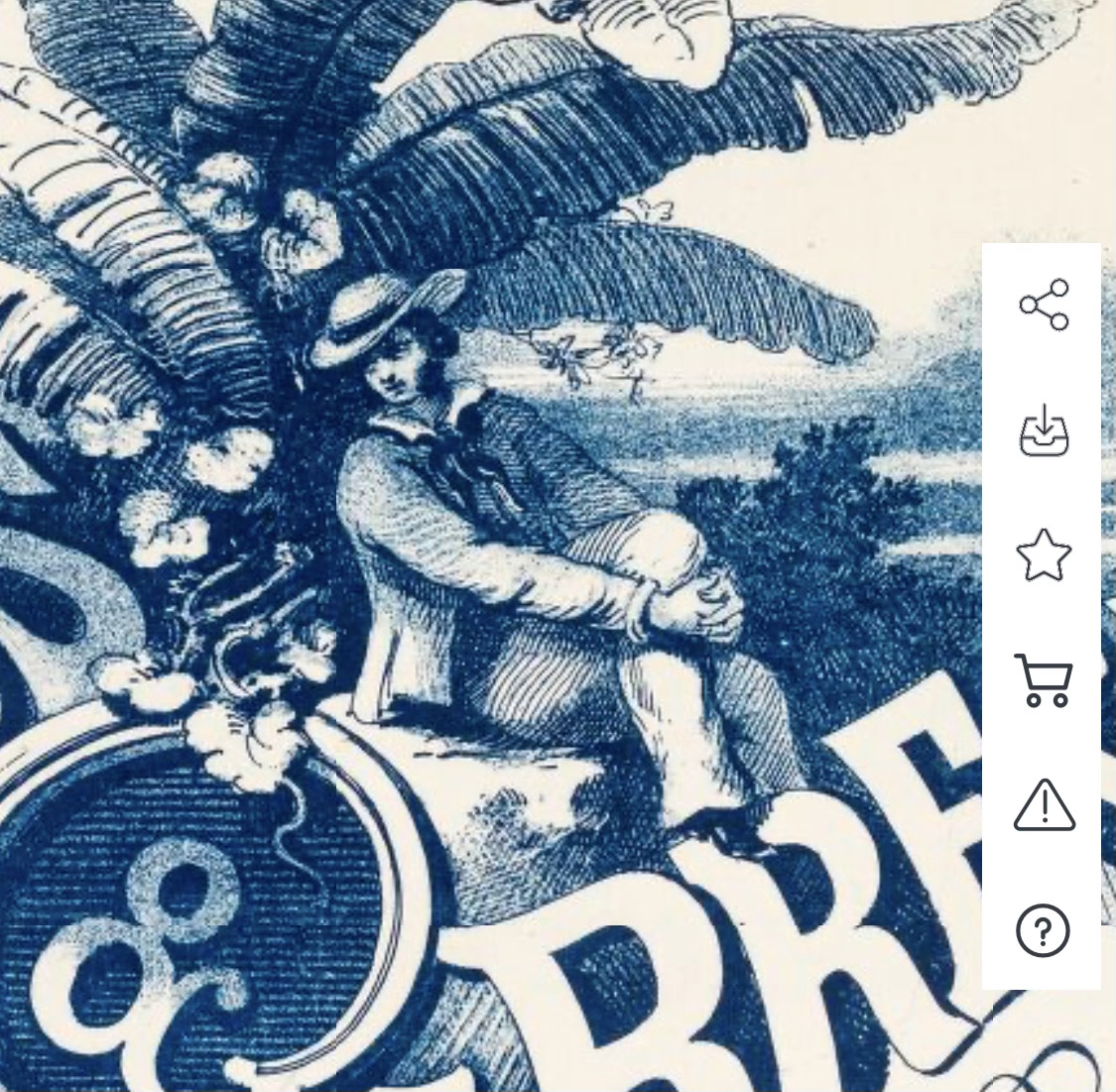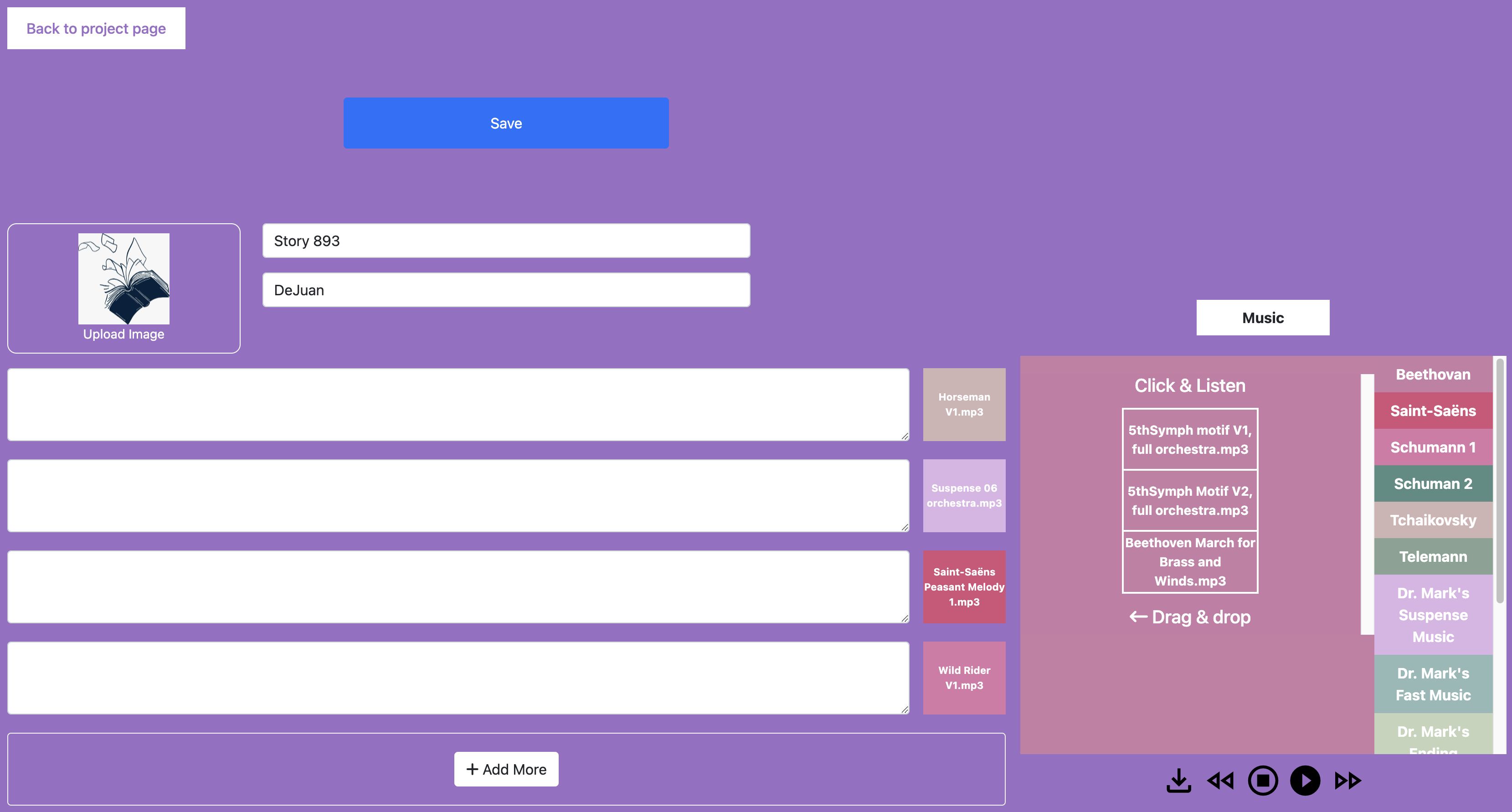Welcome to Dance Your Story Today



When school starts, everyone talks about what they did over the summer break. You know the drill.
Instead of simply sharing information about what you did, you can create a short story about you and your friends or your family.
You can tell your story through music and, if you want, through movement. Each musical selection on the project page has a particular mood or dramatic energy. Listen to the songs and choose music communicating how you felt or what was happening at each point in your story. For example:
A summer trip might have four sections, and each part of your story will have a particular mood.

You can also begin the storytelling process by listening to the music first. The compositions in DYST feature different:
Because of this, a project can begin with sections of music to which a story is added.
First, create a new project with a placeholder name, like “Story 893.” The title can be changed later.
***SAVE YOUR WORK!!***SAVE YOUR WORK!!***SAVE YOUR WORK!!***SAVE YOUR WORK!!
Second, listen to the music—in the performing arts, we call this auditioning—and drag/drop four or five pieces into the music spots. Remember, you will have to add more sections to have enough sections for all the music. One section=one piece of music.
***SAVE YOUR WORK!!***SAVE YOUR WORK!!***SAVE YOUR WORK!!***SAVE YOUR WORK!!
Third, create a story that goes along with the music. The finished written story will have the same number of sections as the music. You can write the text on a piece of paper and then type it into the text fields, or you can use a Word document to write your story and then copy/paste each section into its field in DYST.
***SAVE YOUR WORK!!***SAVE YOUR WORK!!***SAVE YOUR WORK!!***SAVE YOUR WORK!!
Creating a music score without a story to which a drama must be created will force the person(s) to think in unfamiliar ways and solve unexpected issues by making the story follow the score. The intent is to stimulate critical thinking and creativity in a relaxed and safe way. NOTE: It’s not the product that is important here; it’s the mental gymnastics used to create the product that improves problem-solving in the future. You can think of this as building a go-cart without getting your hands dirty.

Creating a new story is fun, but sooner or later, everyone has trouble coming up with a new idea, and that’s no bueno.
Traditionally, ballets begin with a preexisting story, like a folktale, but…is this the only way to start? No, nyet, nada, nil! Here’s an idea that might get your creative juices flowing again. Begin with music.
Create a new project, give it a dummy title, like “Cool Story 387.9,” add your name, and click save. If the music section disappears, return to your main projects page, and reopen your newly created project. To see a model of this, go to the featured projects and open “Very Cool Story, 9.8.000a.”
Next, begin listening to (audition) the music and find a piece that you like. It might be the tempo that catches your attention, or it could be an instrument. Once you’ve found one, drag it to the music spot next to the empty text field, and click save.
Now, it’s time for you to brainstorm. *Begin by listening to the music with your eyes closed. Once the piece has ended, get a piece of scratch paper and a pen/pencil/marker/crayon. Play the piece again and as you listen, jot down thoughts, feelings, characters, places, an era, etc.
If this isn’t you, here are some things you can do.
Look at what you’ve written and select one word or short phrase and begin to expand on it. For example, the word might be warm. To expand on this one word, ask yourself…
Nouns (Person, place, thing)
1) Who was warm?
2) What caused ____ to be warm?
3) Where was ____ warm? (Geographically or bodily)
4) Why was ____ warm?
5) How did _____ become warm?
Your answers to these questions will give you a scene for one character/place/thing in your story. To make this easier, use the scene to begin your story.
Now, answer these questions:
1) Who is with _____? (Other people)
2) What is near ______? (Things, buildings, etc.)
3) How does _______ feel? (Why? What are the circumstances?)
4) What does _______ want or need?
5) What prevents _____from getting what he/she/it wants or needs?
As you think about and answer these questions, playing the music may help you discover more ideas about the story. Remember, each scene in your story will increase the tension of the overall storyline.
Enjoy,
Dr. Mark
*Research suggests that closing your eyes helps the mind focus on sound because it limits the amount of information coming into the brain.